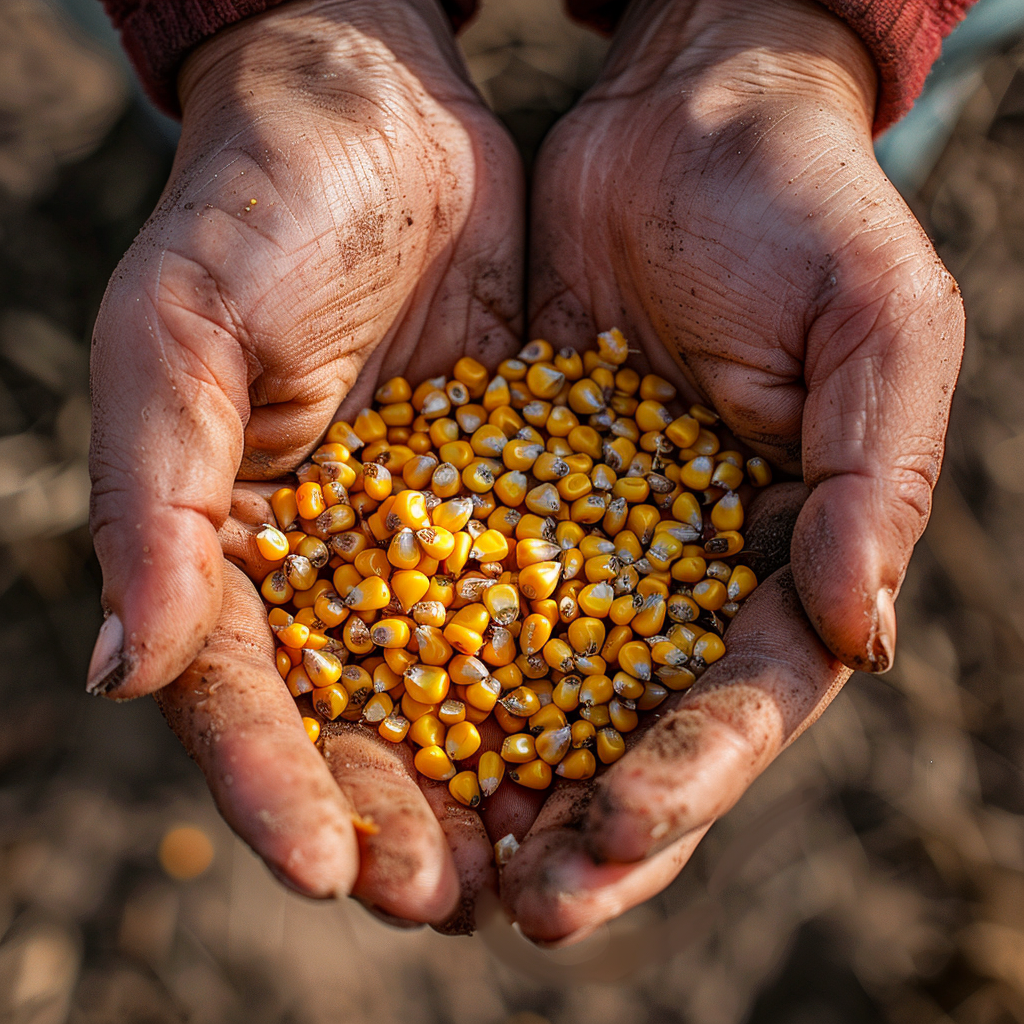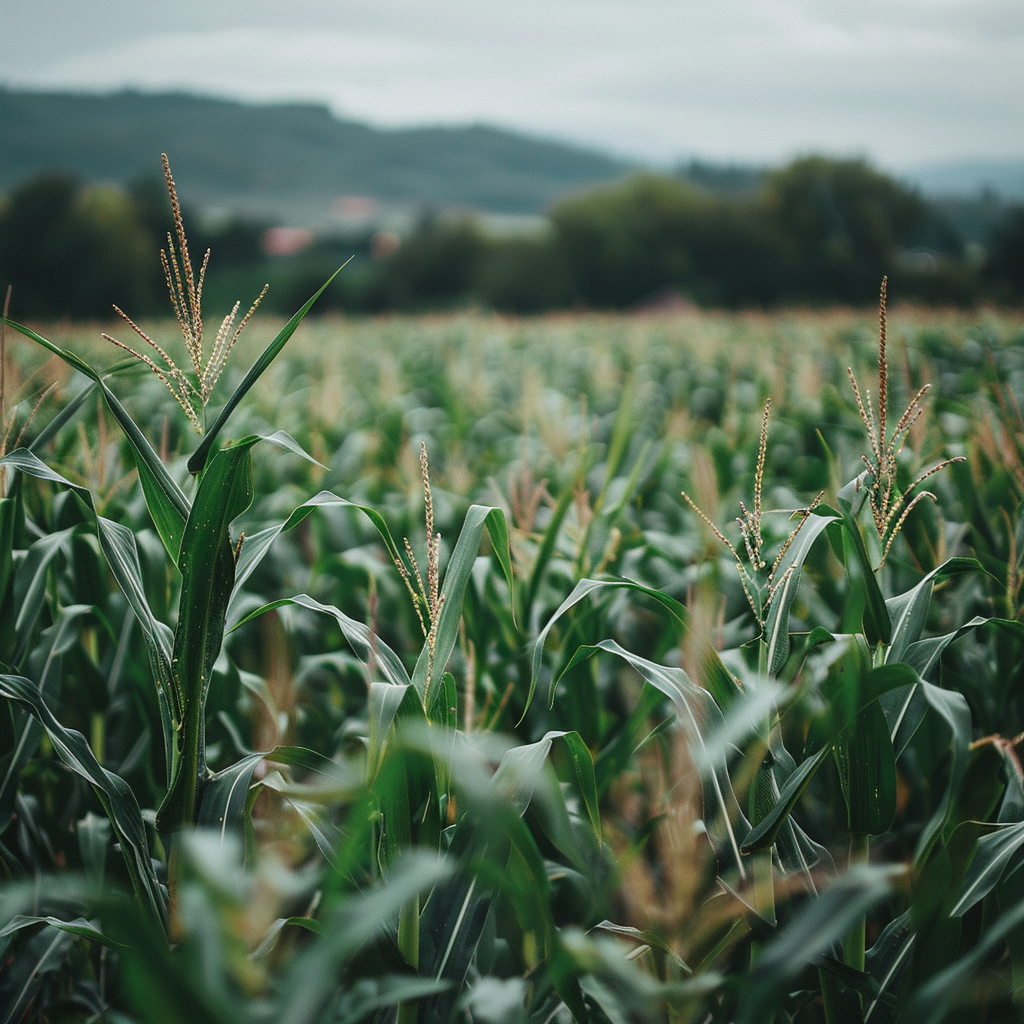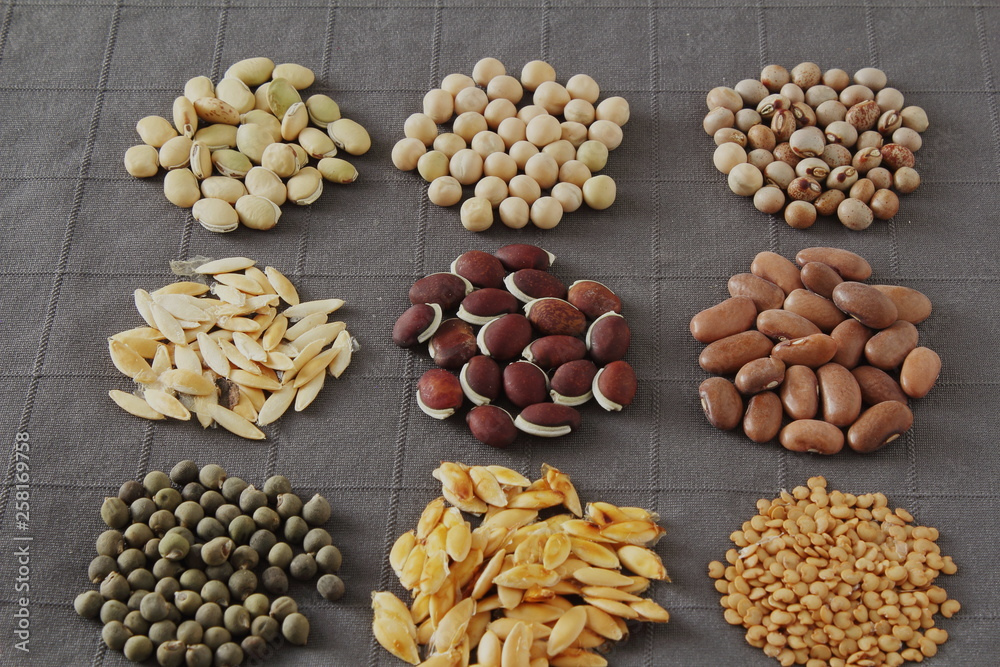Resources For
Corn Seed Planting
Corn Management Best Practices
Before Planting Seed Corn
expand_more
Review and select the correct hybrid for each area you are going to plant (see ‘Selecting your Hybrid” below). Seed selection may depend on the soil type, crop rotation, end use (grain or silage), maturity, yield data and trait packages requested.
Check your fertility needs. Testing your soil’s pH and following the recommended nitrogen needs from your soil test is important. The fertilization of your ground may also depend on your crop rotation.
Prepare your seedbed. Excessive soil moisture and poor soil tilth can have negative impacts on germination, seedling health and emergence. Working your soil will depend on the planting method you choose: Conventional, No-Till, etc.
Planting Seed Corn
expand_more
You should wait until soil temperatures reach 50-55 degrees F to plant.
Adjust your planter for a consistent, accurate drop. Depending on the plant populations you are looking to push, monitor the seed that is being distributed at the rate and spacing desired. Make sure doubles and/or skips are not consistently happening.
Planting depth around 2” is most beneficial for situations. Check the depth not only when you enter the field, but as you enter each field condition (sandy or heavy soil, tillage type, etc.). This is critical to keep the plant’s root system as strong as possible.
Planting at the correct speed. Planting too fast can cause the planter to bounce, resulting in more uneven seed distribution and more doubles or skips.
Selecting Your Corn Seed Hybrid
expand_more
Maturity selection – The most important part of selecting your hybrid is knowing the maturity you need. Selecting too early or late can cause problems.
Yield data – Corn with multiyear data can give more consistent yields on varying soils and types of growing seasons.
Selecting traits – Get the corn traits that are particular for your growing situation.
Standability – Good standability makes your life easier when harvest comes about.
Guide to selecting seed corn hybrid
View Best Management Practices (PDF)
There are many important factors to consider when choosing which hybrids to place in your fields. With today’s ever-changing trait packages and high turnover of genetics, choosing hybrids isn’t as easy as it once was. Hopefully this guide will help simplify this process.
- Maturity – Maturity is single-handedly the most important characteristic to pay attention to when choosing hybrids. Choosing hybrids that are too late or too early can prove to be costly. As a general rule of thumb, choosing hybrids that reach physiological maturity 1-2 weeks before the average killing frost are most appropriate. The chart below can be used to help select hybrids as well. It is important to purchase hybrids that have a difference of 5-8 days in maturity. This spreads out the risks of having stresses at crucial times in plant development.
- Yield – Yield is obviously very important when selecting hybrids. It is important to pick hybrids that have shown consistent multiyear data. Particular varieties can be inconsistent across the span of three or even two years. Another thing to pay attention to is where the source of the yield data. On farm trials are not always the most accurate sources of yield data. While they can prove to be valuable, trials such as the University of Wisconsin Hybrid Trials or the F.I.R.S.T trials are unbiased and very reputable.


- Traits – Selecting trait packages that pertain specifically to your needs is very important. It’s becoming very difficult to keep track of the new traits that are coming down the pipeline. At Elk Mound Seed we are trying our best to make this as simple as possible.
- Standability – Choosing corn hybrids that are going to stand well in the field is pertinent. Hybrids that have good stalk and root ratings are going to make your life easier once harvest comes. It can also make your operation more profitable.There are many other characteristics that are important to pay attention to such as ear type, test weight, green snap, staygreen, plant/ear height as well as more. Taking these into consideration can help make your farm more profitable. It’s all about doing your research before purchasing your seed.Hopefully this guide can help you decide what hybrids to select from Elk Mound Seed. If this guide hasn’t answered your questions, or if it has sparked new questions, please feel free to call us at 800-401-7333.
Seed Corn Matrix

Inches Between Each Corn Kernel
Length of Single Row Equal to 1/1000th of an Acre





